Why care
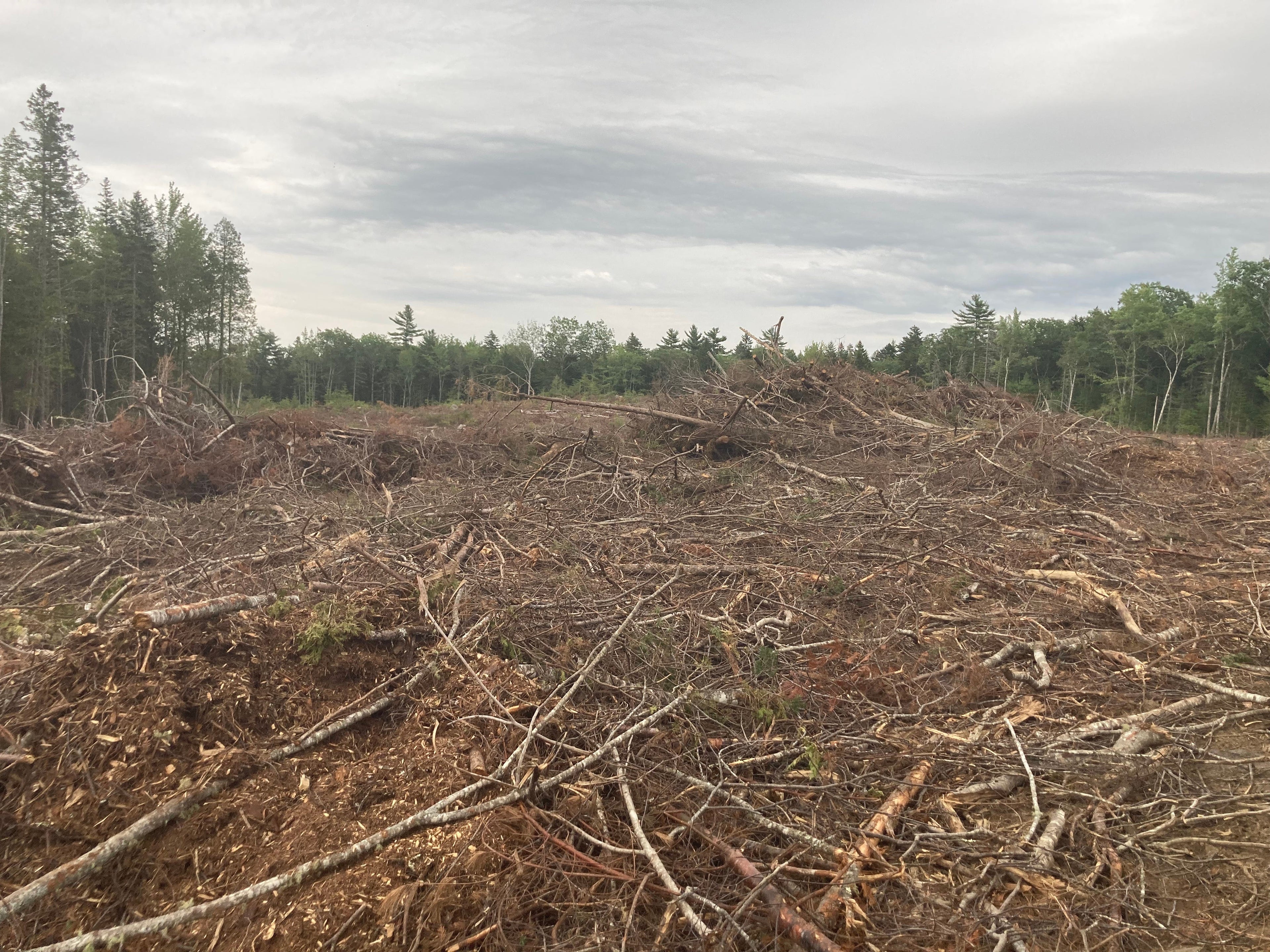
Deforestation
Cape Cod's forests are shrinking. A 2021 Cape Cod Commission report found the region lost >2,300 acres of forest cover from 2001-2011 (≥70% to development)
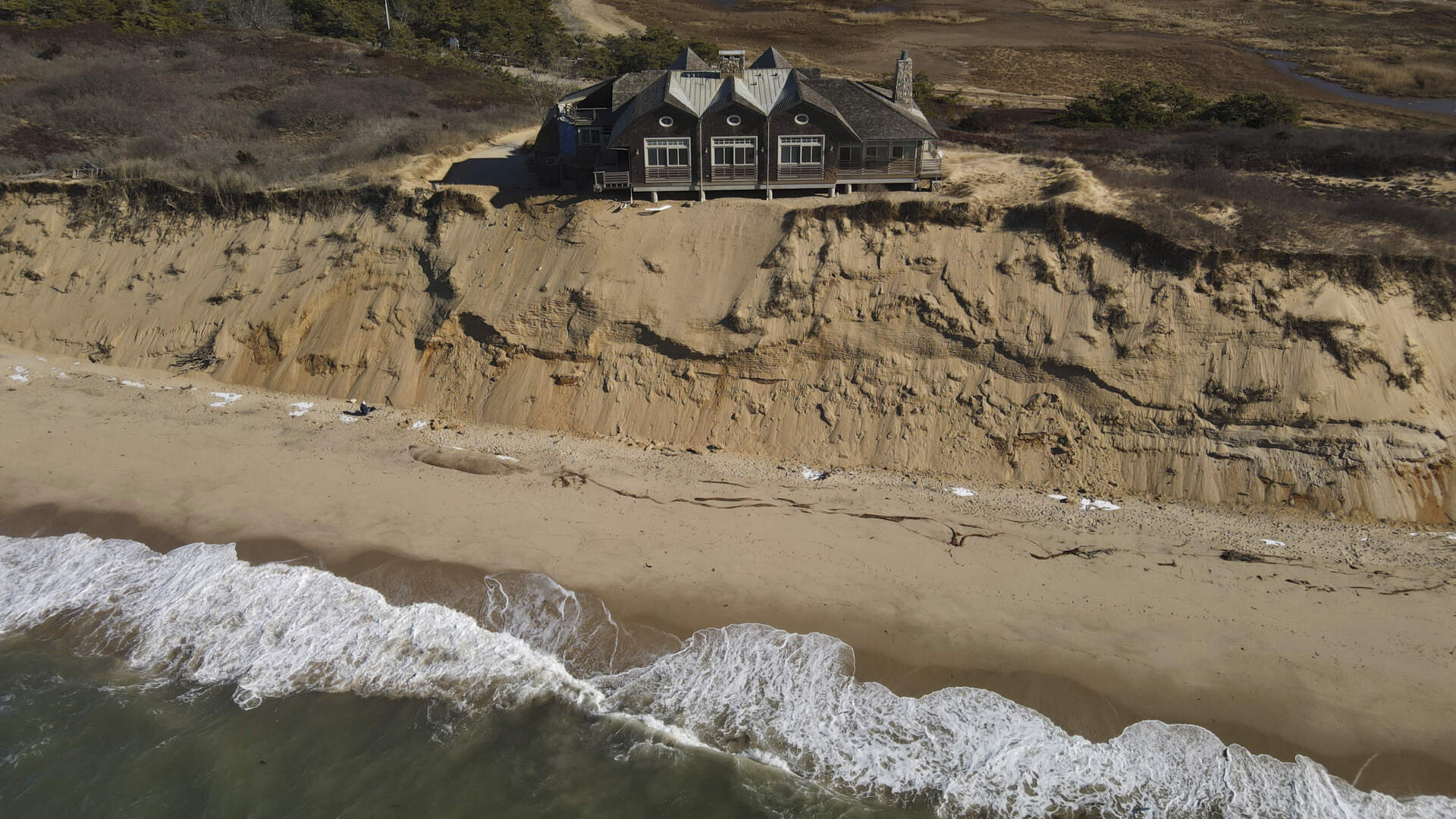
Costal & Soil Erosion
The Cape Cod Commission notes 586 miles of tidal shoreline at risk from flooding and erosion. Massachusetts saw -11 inches of sea-level rise (1921-2020), threatening beaches and dunes, with 4-10 feet possible by 2100 (epa.gov). USFWS reports that on Morris Island (Chatham), erosion is 30-45 feet per year, consuming property each season
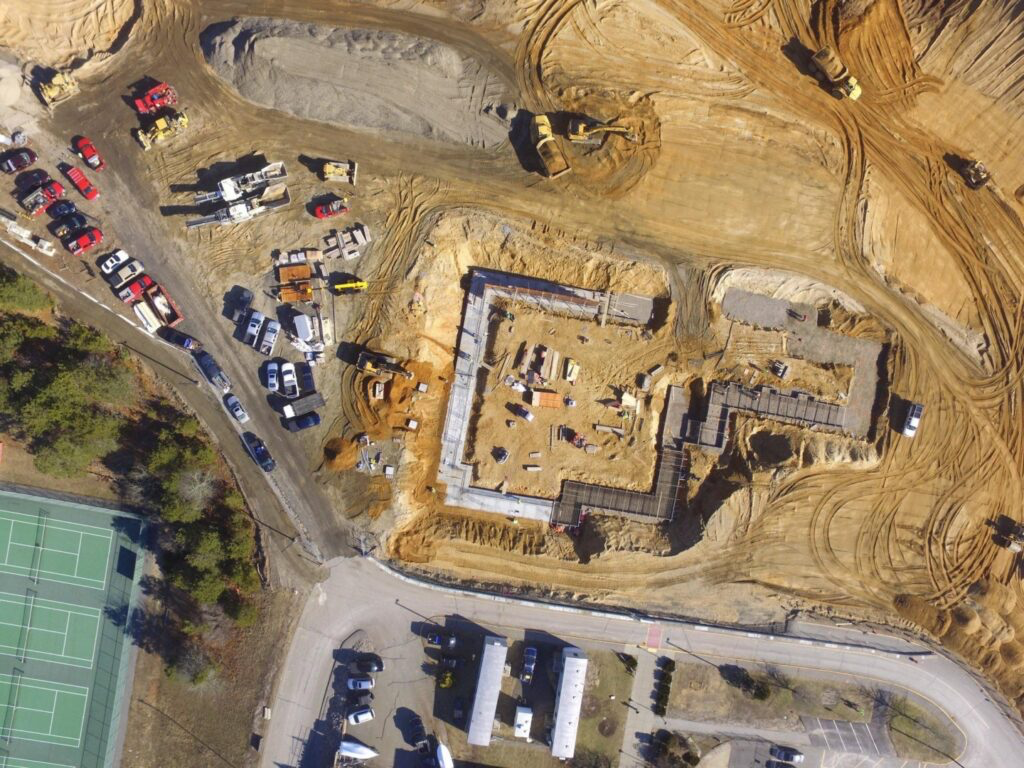
Biodiversity Loss
The Cape Cod Commission reported that state inventories list 75Cape species as endangered or threatened and 57 more as special concern (declining or at risk). Coastal habitats are particularly impacted: for example, eelgrass beds (essential nurseries for fish and shellfish) have declined ~90% in the lastcentury, due to pollution and damage (providencetownindependent.org)
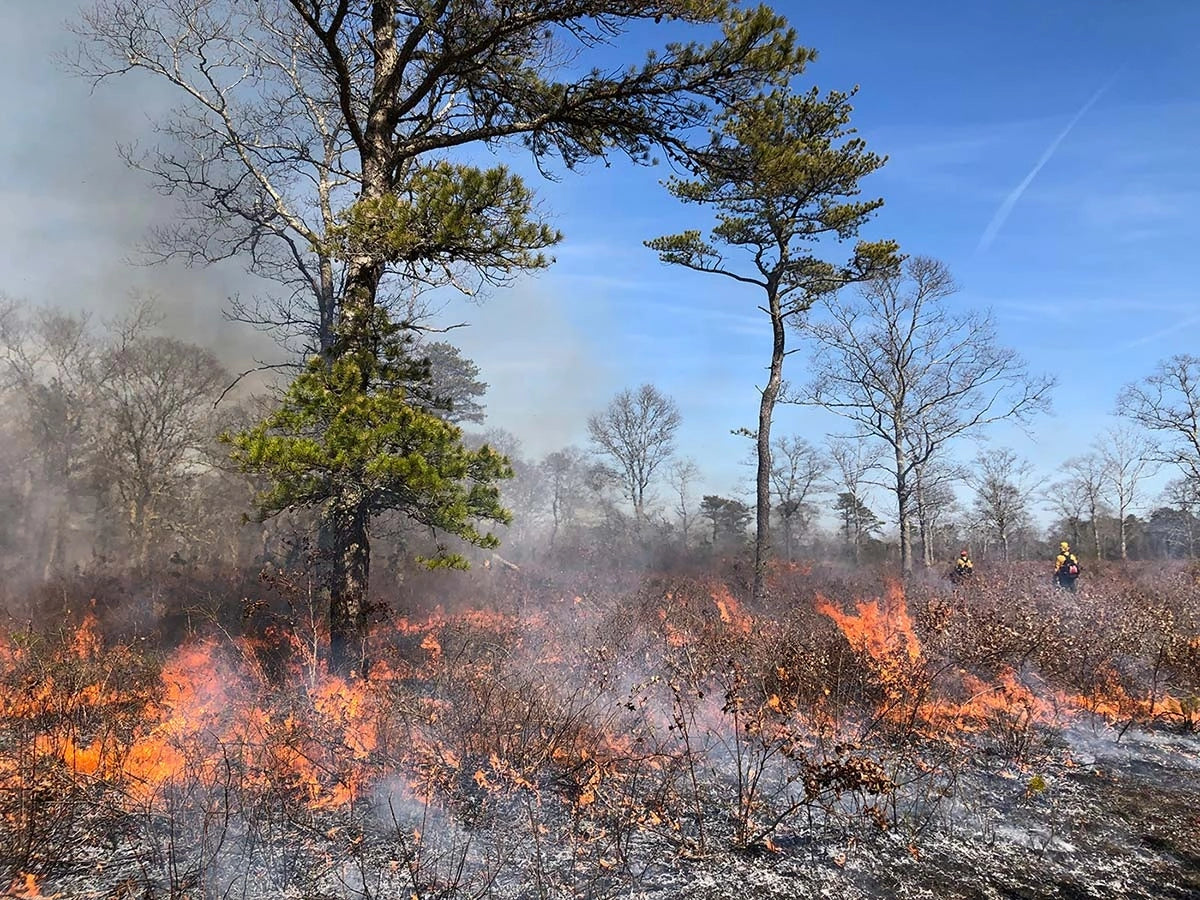
Wildfires
While not very common, recent drought and winds have spiked wildfire risk statewide. In Oct 2024, Massachusetts saw -200 wildfires (up 1,200% from average), burning -1,158 acres in weeks (mass.gov).
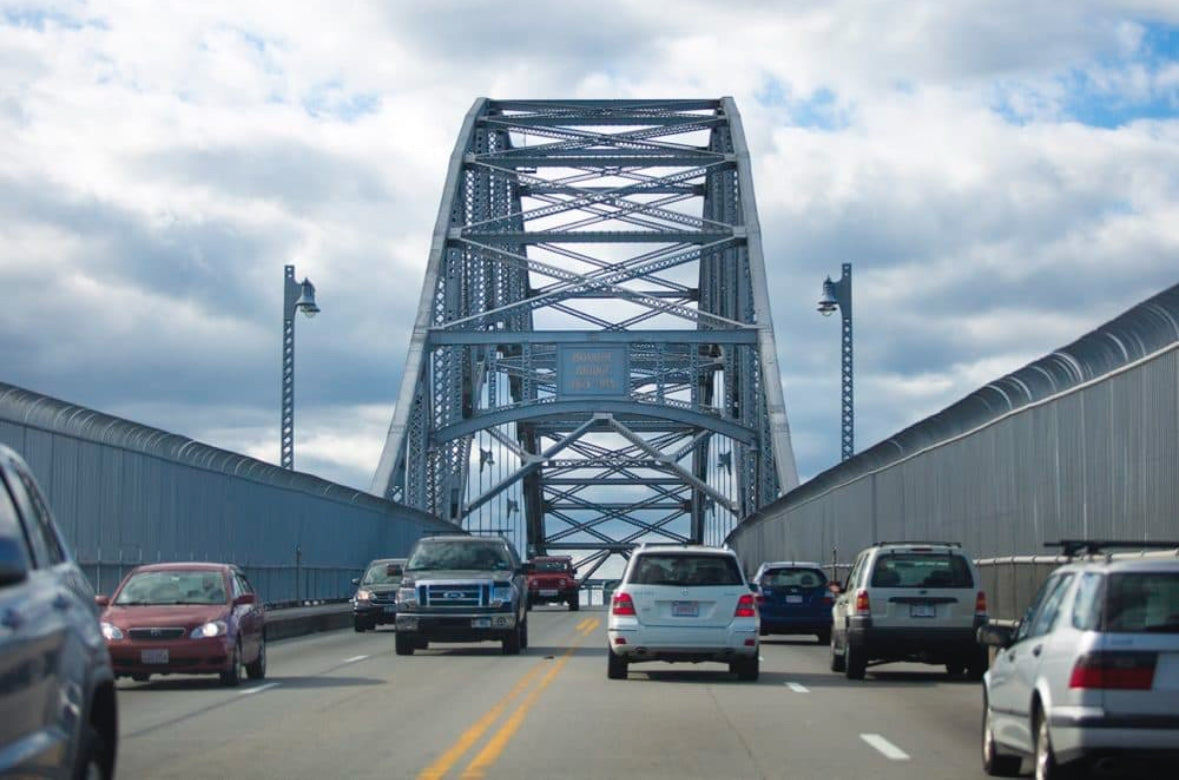
Carbon Emissions
A 2017 inventory by the Cape Cod Commission puts regional greenhouse-gas emissions at ≥3.56 million metric tons CO,-equivalent (about 4-5% of Massachusetts' total). The largest source is transportation (-1.98 million MT, 56%), followed by stationary energy (buildings/industry) ~1.40 million MT,39%.
We cannot survive without our planet.
Why would our mission help?
-
Local research and reports emphasize multiple resilience benefits from trees.
Trees store carbon (mitigating climate change and provide shade/evapotranspiration that cools neighborhoods in the summer heat (capecodcommission.org & massaudubon.org). -
Native tree species have deep roots that stabilize soil and improve
water retention, reducing erosion and flooding risk. Vegetated areas also filter pollutants and recharge groundwater (mass.gov). -
Mature and growing forests continually remove CO: "as forests grow, they remove (sequester) carbon dioxide from the atmosphere and
store it... playing an important role in combatting climate change"
(massaudubon.org). -
Coastal dunes buffer storm surge and erosion: vegetation on dunes captures sand and stabilizes the shoreline
(frontiersin.org). -
High dunes form barriers "to shield the adjacent hinterland from elevated water level and flooding"
(frontiersin.org). -
Restored dunes and marshes together enhance habitat and storm protection: for example, a NOAA project will
"reestablish a protective dune system, increasing marsh elevation" to defend against sea-level rise (fisheries.noaa.gov).
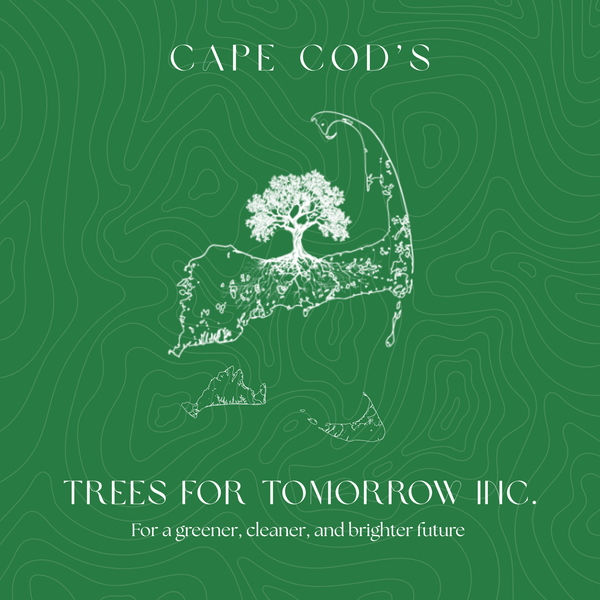
 Donate
Donate